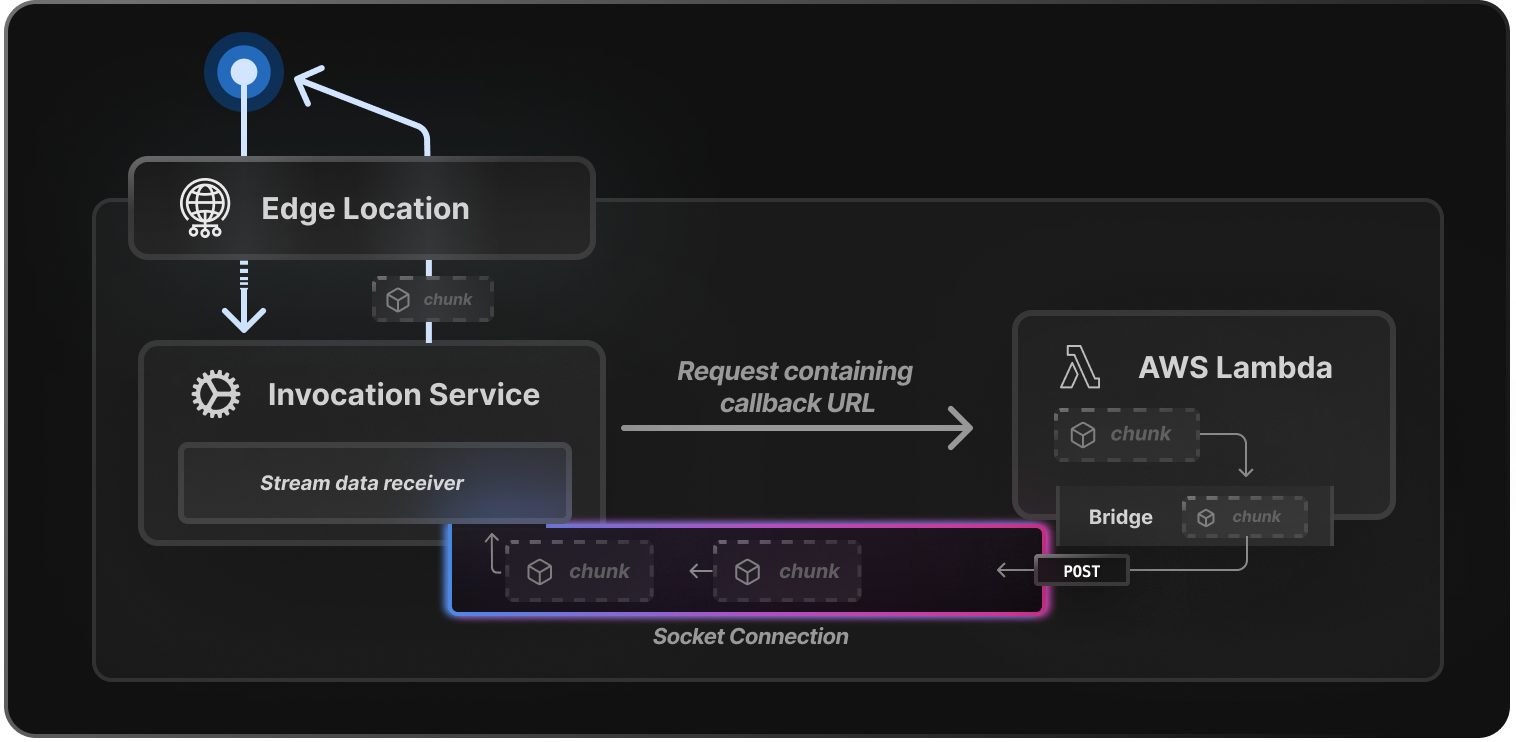Vercel Cloud Platform Guide
Vercel is a cloud platform designed to simplify web development and deployment, offering developers a comprehensive suite of tools including serverless functions, global edge networks, and automatic scaling capabilities.
Published: 09/07/2025
Vercel is a cloud platform designed to simplify web development and deployment, offering developers a comprehensive suite of tools including serverless functions, global edge networks, and automatic scaling capabilities. Founded in 2015 by Guillermo Rauch as ZEIT and rebranded in 2020, the company has grown into a $3.25 billion platform that maintains popular frameworks like Next.js while providing seamless integration with Git repositories for automated deployments.
Global Edge Network Architecture

The platform operates through a sophisticated global infrastructure built around over 101 Points of Presence (PoPs) distributed worldwide, which serve as the first contact points for incoming requests and route traffic to 19 compute-capable regions where code executes close to data sources. This architecture leverages Anycast routing with real-time health monitoring to select optimal PoPs based on proximity, speed, and system health, while private low-latency connections ensure efficient data transfer between PoPs and regional compute centers. upstash.comvercel.comvercel.com
The network's caching strategy maximizes performance by maintaining fewer, dense regions that increase cache hit probabilities while the extensive PoP network minimizes latency for regional cache access. Traffic flows through private connections from PoPs to the nearest region, with the system dynamically adapting and rerouting to redundant or failover systems when necessary to maintain uninterrupted service. Developers can track request routing through the x-vercel-id header in HTTP responses, which reveals both the edge region that handled the request and the region where functions were executed. vercel.comvercel.com
Serverless Functions vs AWS Lambda

Serverless functions represent a broader computing paradigm where code executes in response to events without infrastructure management, while AWS Lambda is Amazon's specific implementation of this model. The distinction is purely conceptual rather than technical—"serverless" serves as the generic umbrella term encompassing various cloud providers' offerings, including AWS Lambda, Azure Functions, and Google Cloud Functions. Within Vercel's ecosystem, serverless functions operate similarly to Lambda but integrate seamlessly with the platform's edge network and deployment pipeline. stackoverflow.comparallelstaff.com
From a practical standpoint, both serverless functions and Lambda share identical core characteristics: automatic scaling, pay-per-execution pricing, and event-driven architecture. However, implementation differences emerge in deployment approaches and ecosystem integration. Vercel's serverless functions automatically inherit the platform's global edge distribution and Git-based deployment workflows, while AWS Lambda requires separate configuration for global distribution through CloudFront and manual deployment processes. The choice between platforms often depends on existing infrastructure commitments—organizations already using AWS services benefit from Lambda's tight integration with S3, DynamoDB, and API Gateway, while teams prioritizing frontend development workflows may find Vercel's approach more streamlined. parallelstaff.comaimultiple.comlumigo.iocloudplexo.com
Next.js Framework Integration

Next.js enjoys native integration with Vercel, offering zero-configuration deployment and enhanced performance features that extend beyond standard hosting capabilities. The framework benefits from Vercel's infrastructure optimizations including Incremental Static Regeneration (ISR), which enables content updates without full redeployment while distributing statically generated pages globally through the edge network—capabilities that require additional configuration when self-hosting. vercel.com
The platform provides framework-aware enhancements such as automatic function creation for Server-Side Rendering (SSR), global content updates within 300ms through ISR, and built-in security measures for Draft Mode that authenticate team members before enabling preview functionality. Middleware execution runs globally across Vercel's edge network, eliminating the need for separate routing services while providing access to geolocation data and request manipulation through NextRequest and NextResponse objects. Developers can seamlessly integrate Git workflows for automatic preview deployments, monitor application performance through Web Analytics, and leverage service integrations with providers like MongoDB and Sanity that configure environment variables automatically. vercel.com